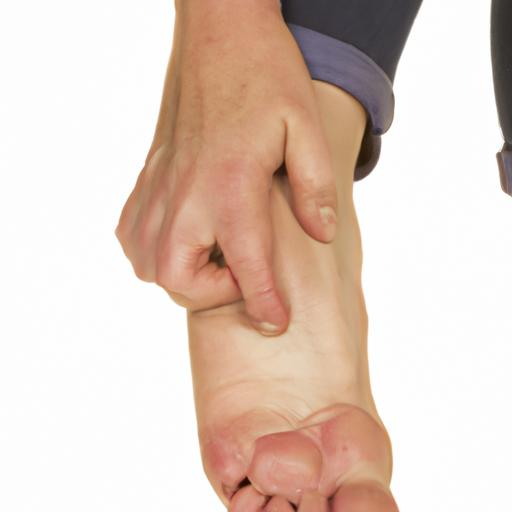Are you grappling with the discomfort of an ingrown toenail? If so, you are no stranger to the pain and frustration it can bring. An ingrown toenail occurs when the edge of the nail grows into the surrounding skin, causing redness, inflammation, and potential infection. Luckily, there are effective methods available to fix an ingrown toenail and prevent its recurrence in the future.
Causes of Ingrown Toenails
Several factors can contribute to the development of ingrown toenails, including genetics, improper nail trimming, wearing tight-fitting shoes, toe trauma, and fungal infections. If you have a family history of ingrown nails, you may be more prone to experiencing this condition. Additionally, cutting your nails too short or in a curved shape can cause the nail to dig into the skin. Wearing shoes that are excessively snug can also exert pressure on the toes, resulting in the nail growing into the surrounding skin.
Identifying the underlying cause of your ingrown toenail is crucial to prevent its recurrence. For instance, if you have a fungal infection, it is essential to treat the infection before addressing the ingrown nail. If you have a genetic predisposition to ingrown toenails, taking extra care while trimming your nails is essential to ward off this condition.
Symptoms of Ingrown Toenails
The signs and symptoms of an ingrown toenail typically include pain, redness, swelling, and tenderness around the affected toe. Moreover, you might observe the presence of a small bump or a pus-filled blister near the nail. If left unattended, an ingrown toenail can become infected, leading to more severe symptoms like fever, pus drainage, and an unpleasant odor.
To diagnose an ingrown toenail, examine the area where the nail grows into the skin at the edge of the toe. Swelling and tenderness in the skin surrounding the nail are common observations. In severe cases, the skin may break, resulting in bleeding and potential infection.
Neglecting the symptoms of an ingrown toenail can lead to serious complications, including the spread of infection to the surrounding tissue or even the bone. If you have diabetes or other medical conditions affecting the circulation, seeking treatment for an ingrown toenail promptly becomes even more critical.
Home Remedies for Ingrown Toenails
In the initial stages, you can try simple remedies at home to address an ingrown toenail. Soaking your foot in warm water for 15-20 minutes, two to three times a day, is effective in reducing inflammation and pain. Another technique involves gently lifting the edge of the nail and placing a small piece of cotton or dental floss underneath it to encourage the nail to grow above the skin’s surface.
Over-the-counter pain relievers like ibuprofen or acetaminophen can also provide relief by alleviating pain and reducing inflammation. Always follow the instructions on the label and consult your doctor if you have any concerns.
When treating an ingrown toenail at home, it is vital to take precautions to prevent infection. Keep the affected toe clean and dry, wear comfortable shoes that do not exert pressure on the toe, and avoid trimming the nail too short or in a curved shape. If you have diabetes or other medical conditions affecting circulation, consult your doctor before attempting to treat an ingrown toenail at home.
By adhering to these home remedies, you can effectively address an ingrown toenail and pave the way for a healthier, pain-free future.







